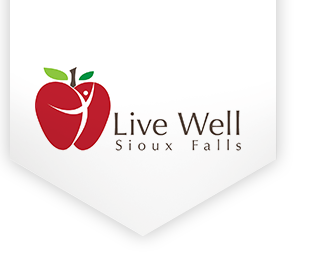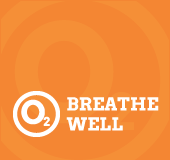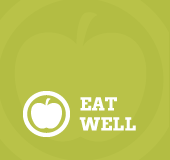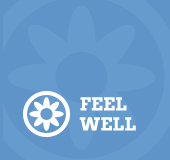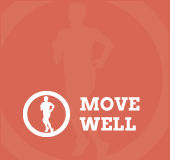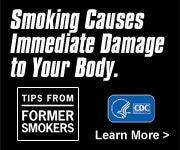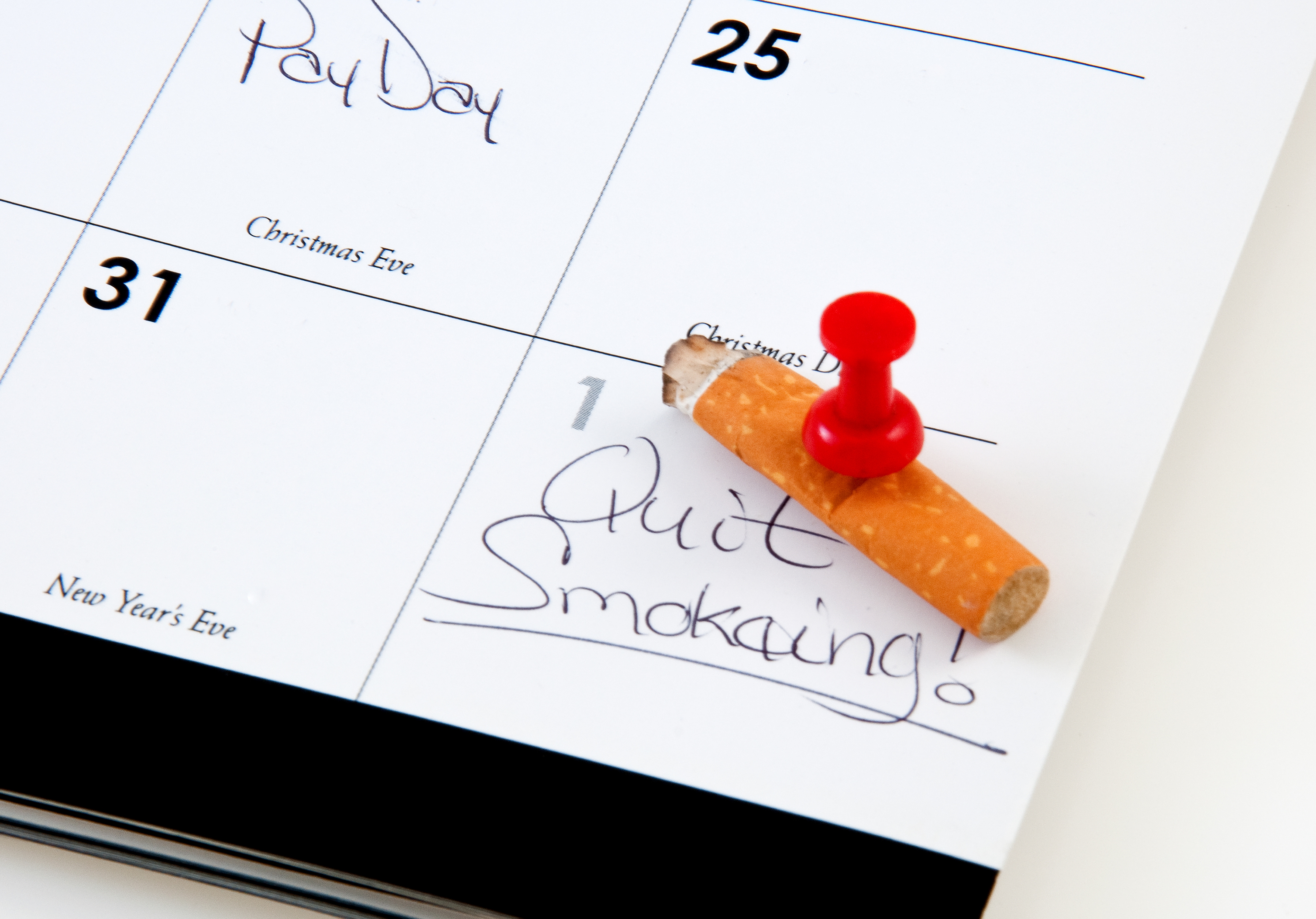Quit Tobacco
Tobacco use is the number one preventable cause of death in the united states.
When you quit smoking, the health benefits begin almost immediately.
- 20 minutes after quitting: Your heart rate and blood pressure drop.
- 12 hours after quitting: The carbon monoxide level in your blood drops to normal.
- 2 weeks to 3 months after quitting: Your circulation improves and lung function increases.
- 1 to 9 months after quitting: Coughing and shortness of breath decrease. The cilia (tiny hair-like structures that move mucus out of the lungs) regain
normal function, increasing their ability to handle mucus, clean the lungs, and reduce the risk of infection. - 1 year after quitting: Your increased risk of coronary heart disease is half that of a smoker's
- 5 to 15 years after quitting: Your stroke risk is reduced to that of a nonsmoker.
- 10 years after quitting: The lung cancer death rate is about half that of a continuing smoker's. The risk of cancer of the mouth, throat, esophagus, bladder,
cervix, and pancreas decrease. - 15 years after quitting: Your risk of coronary heart disease is the same of that of a non-smoker.
Smoking is not the only form of tobacco.
When it comes to smokeless tobacco, “smokeless” doesn’t mean “harmless.” Smokeless tobacco contains at least 28 known carcinogens and causes oral, pancreatic and esophageal cancer. The product also causes nicotine addiction and other serious health problems like gum disease, tooth decay and mouth lesions.
E-cigarette vapor is a source of pollution and toxins being emitted into the environment. E-Cigarettes are now the most commonly used tobacco product among youth. A study from the Journal of the American Medical Association revealed that teenagers who regularly “vape” are more likely to become frequent and heavy cigarette smokers. So, contrary to what some may believe, e-cigarettes are indeed a gateway to cigarette smoking.
Take the first step to becoming tobacco-free today. Use the resources on this site, or call the South Dakota QuitLine at 1-866-SD QUITS (1-866-737-8487).
Quit Tobacco Resources - South Dakota
- South Dakota QuitLine 1-866-SD-QUITS (1-866-737-8487)
The South Dakota QuitLine is a free resource available to all South Dakota residents. It offers access to online quit tools, support from other tobacco users who are trying to quit, and Nicotine Replacement Therapy (NRT). There are three options for over-the-counter NRT, including the patch, gum, and lozenge. There is also one prescription medication available. Prescriptions must go through a doctor first. - Health Connect of South Dakota (605-371-1000): Health Connect provides individuals, families, and communities with up-to-date information regarding various medical challenges and health resources available on a local, regional, and national level. They also direct the Sioux Empire Tobacco-Free Coalition.
Other Resources
- American Cancer Society (1-800-227-2345): The American Cancer Society has an abundance of resources available to assist you in quitting tobacco use. Learn about why you should quit, the costs associated with quitting, how your health increases, and much more.
- American Heart Association (1-800-AHA-USA1 /1-800-242-8721): Tobacco use is a major risk factor for cardiovascular disease—the nation’s number one killer. The American Heart Association is active in the federal legislative and regulatory arenas to promote policies that prevent and reduce tobacco use, especially among youth, as well as protecting non-smokers from exposure to secondhand smoke.
- American Lung Association (1-800-LUNG USA /1-800-586-4872): The American Lung Association has many resources around smoking and tobacco use. They have an online curriculum available to property owners to assist in implementing a smoke-free building.
- National Cancer Institute (NCI) QuitPal: NCI developed the QuitPal to help smokers working to become smoke-free. The app contains more than 10 interactive features that allow users to set a quit date and financial goals, and to receive reminders.
- US Dept. of Housing and Urban Development (HUD) Toolkit: To assist you in going smoke-free, HUD has developed smoke-free housing toolkits to provide user-friendly information on making all buildings smoke-free. There are materials for landlords, including Public Housing Agencies, and for resident organizations.
